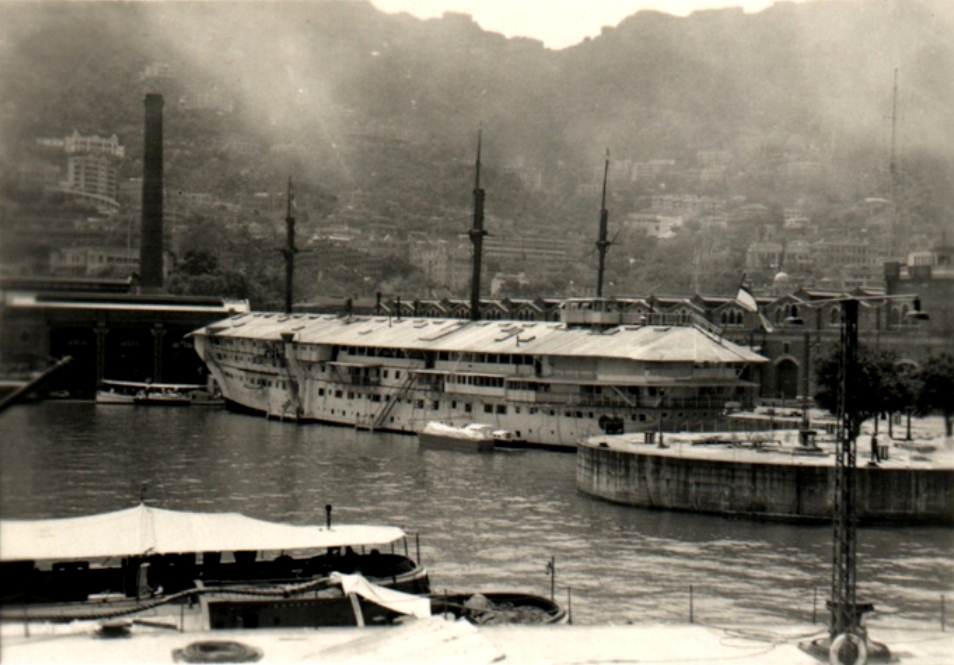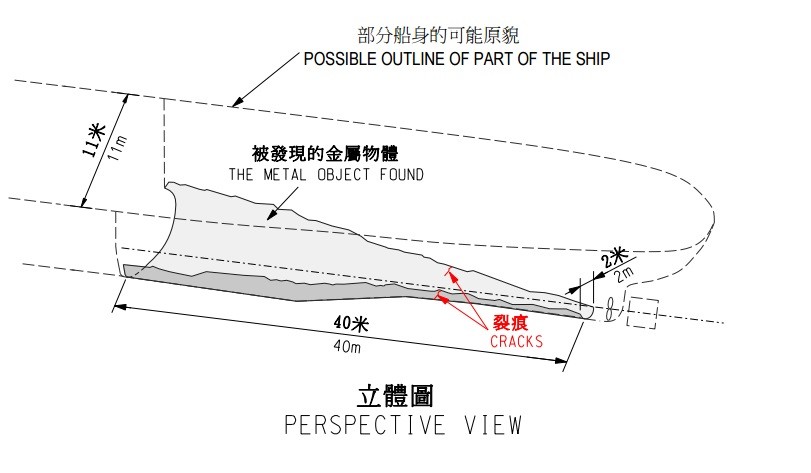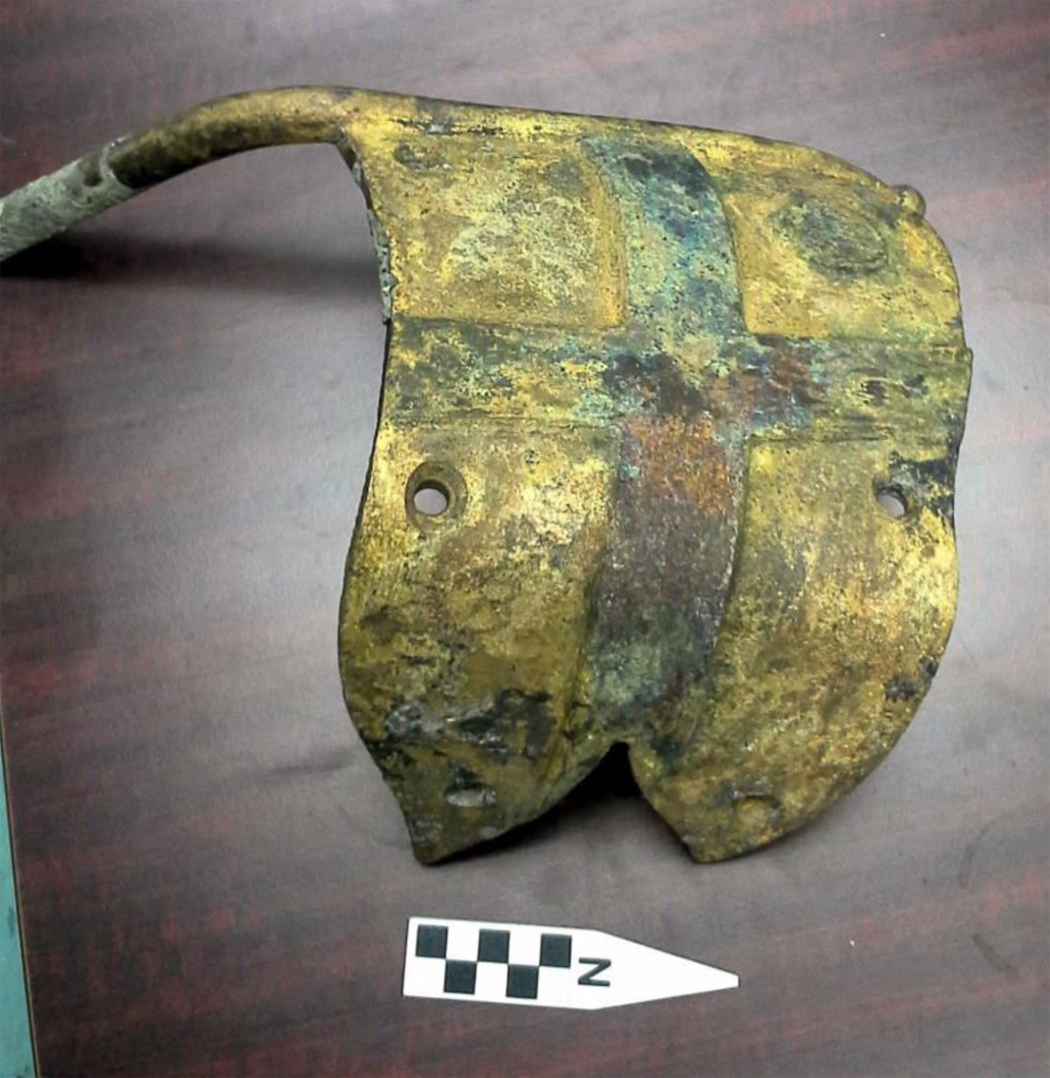An archaeological report commissioned by the government has presented strong evidence that metal wreckage found on the Wan Chai seabed was the HMS Tamar, a depot ship scuttled in 1941 during the second world war.
In late 2014, a piece of metal wreckage was found during harbour dredging in Wan Chai for the second phase of the Wan Chai reclamation project. The Civil Engineering and Development Department (CEDD) said in May 2015 that it could be part of the HMS Tamar’s remains.
CEDD commissioned the report in March 2015 and it was completed in September that year. However, the report, which contains significant details concerning the identity of the wreckage, was only released on its website on February 28.

The HMS Tamar was a Royal Navy troopship built in 1863 and served as a base ship of Hong Kong from 1897 to December 12, 1941, when she was scuttled to avoid being used by the invading Japanese forces.
Since the ship’s bell, nameplate and other unique identifiers have yet to be found, the 41-page report could not conclusively say that the wreckage, measuring approximately 40m long by 11m, was part of the HMS Tamar.
But the report presented multiple findings that the wreckage is unlikely to be from another ship.

“[I]ts sheer size, riveted wrought iron construction with large timber elements bolted on, white over red lead paint finish, and possible evidence for artillery or explosives damage, which all fit with Tamar design specification, recorded sinking and partial salvage,” it said.
The investigators found diagnostically British and military artefacts – some bearing War Department broad arrow stamps – such as a copper alloy replica of a Royal Navy Commodore’s pennant.

“The five fixing holes suggest it was originally bolted or screwed onto the ship or perhaps more likely one of the smaller launches it carried. The Hong Kong naval base was historically under the command of a commodore… whose headquarters and flagship until the Pacific War was HMS Tamar,” it said.
Another example was a nameplate bearing the inscription “PLY 11217 E Goodman 7.13.” The archaeologists checked records in the British National Archives and found that the service number 11217 belonged to Edgar Charles Goodman, who enlisted in the Plymouth Division of the Royal Marine Light Infantry in 1901.

Records showed that Goodman served on different ships. The report said that Royal Marines who were transferred off one ship but unable to join their new vessel due to it being in dock would normally be temporarily accommodated in the local depot or accommodation ship – at the time, the HMS Tamar.
Other military-related objects found included:
- A stamped brass ashtray, which has no obvious markings, but follows a standard Royal Navy pattern;
- A bullet, although the calibre could not be accurately checked prior to its removal for inspection by the police;
- A brass Royal Marines cap badge and six brass buttons, including examples identified as being from the uniforms of members of the Royal Marines, Royal Navy and Royal Marines Light Infantry.

Finally, the location of the metal object closely matches the position of the only recorded wreck of HMS Tamar in that precise position, based on a comprehensive review of the charts.
“This finding, which has also been verified by others, clearly adds significant further weight to the argument that the Object may well be the much reduced remnants of the wreck of HMS Tamar,” the report said.
The CEDD said on Tuesday it will commission a marine archaeologist to conduct a detailed marine archaeological investigation of the metal object to determine its identity and heritage value.
The site where the HMS Tamar was stationed is now the Central Government Complex and the Legislative Council.
Last year, a new ship for the British Royal Navy was named HMS Tamar after the original vessel.
